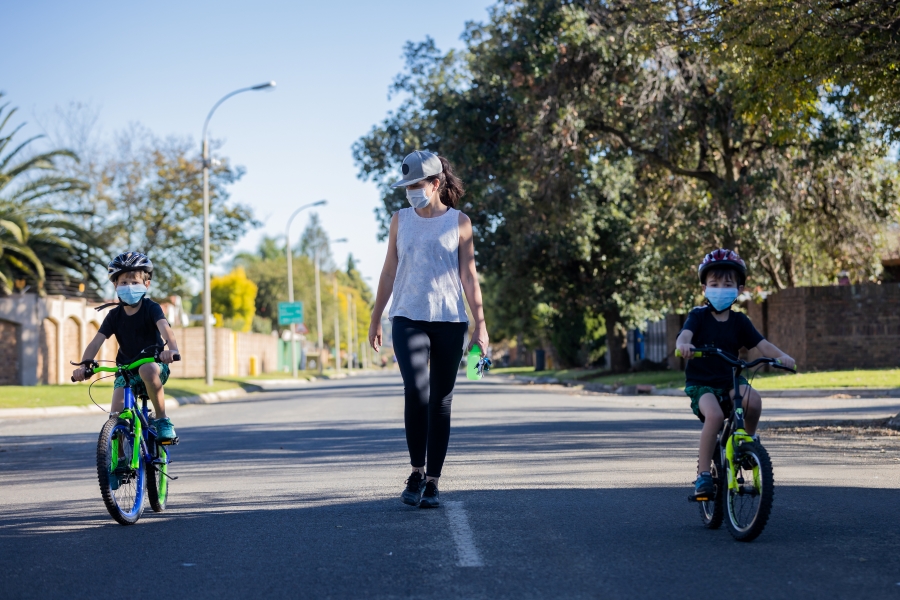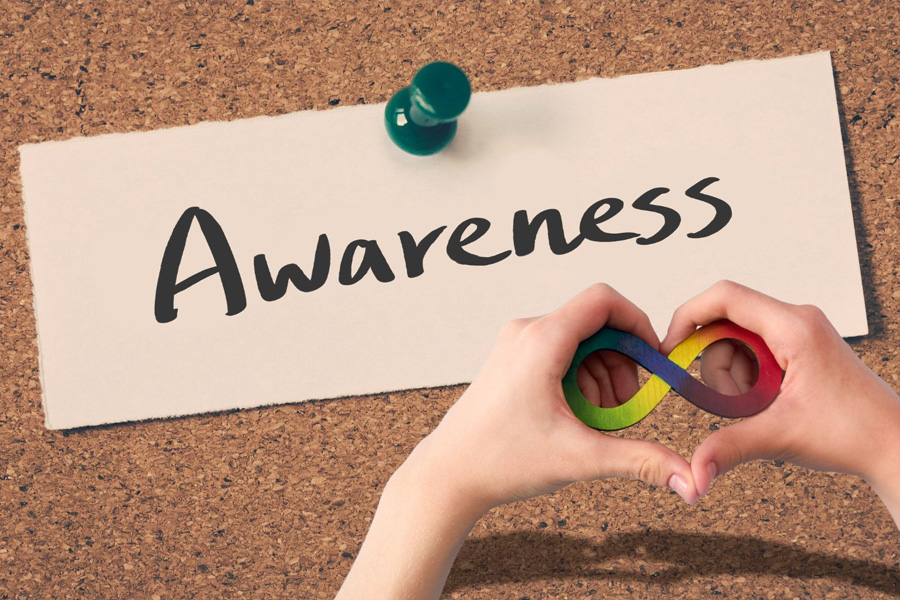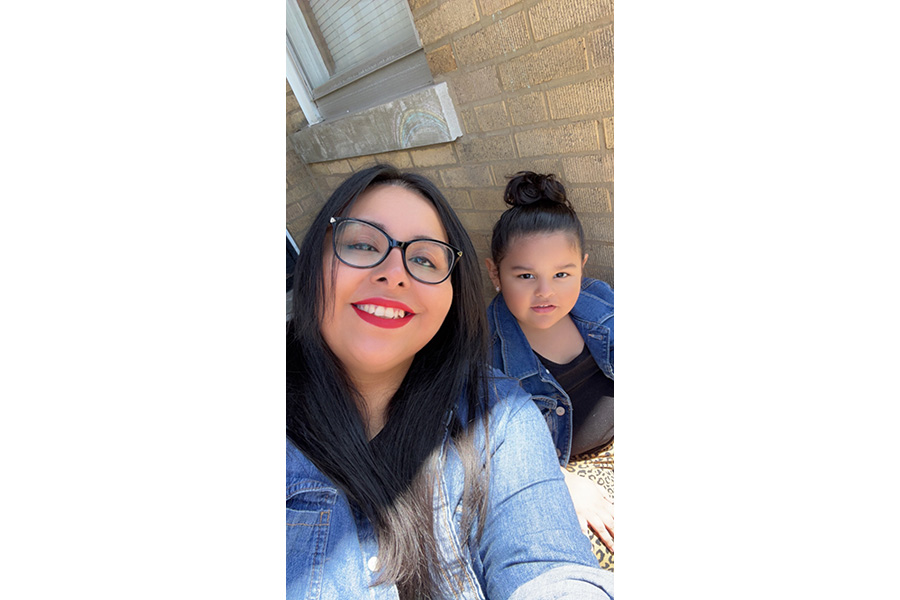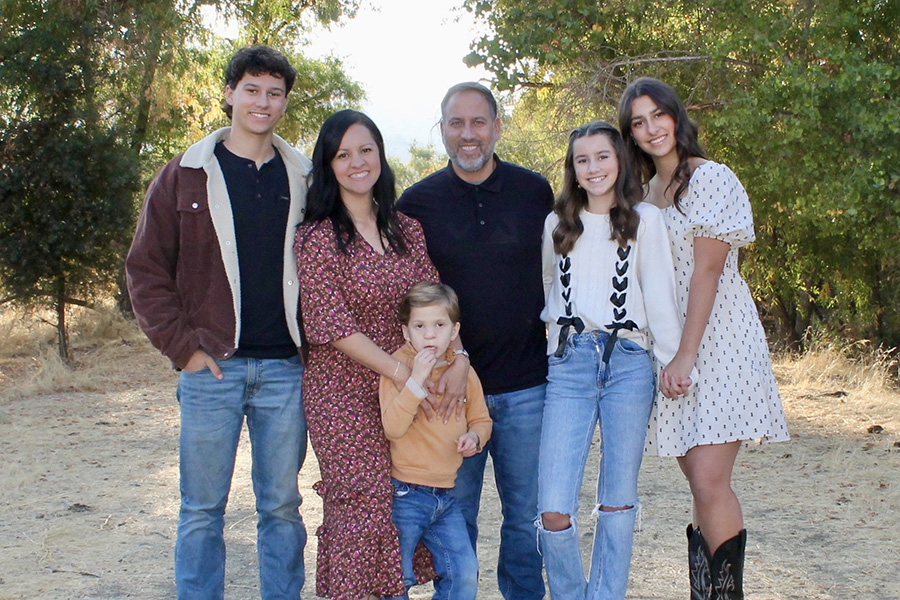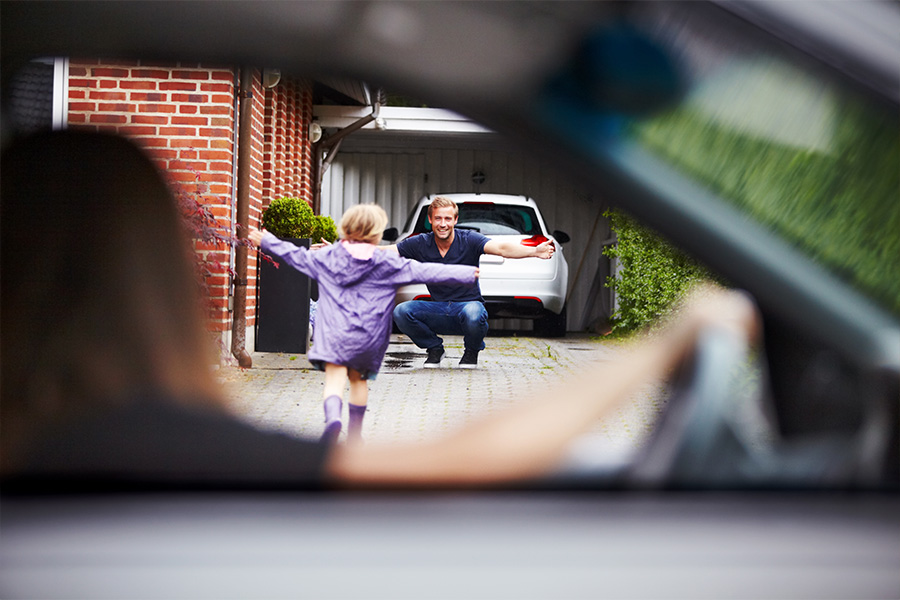Has the pandemic affected your child’s social skills? Learn how to help them build these skills through story telling and socially distanced activities.
For nearly 9 months now, we have been managing a pandemic and trying to stay healthy, physically. However, in the meantime, we have been isolated, our children have been isolated. For many, this was a needed reset. For many, it has been difficult to stay away from friends and family.
For our younger kids, this has been a confusing time. You may have or are actively seeing a regression in skills, increase in meltdowns, clinginess, and sadness because she is not able to reach for hugs from friends and family members and the confusion as to why it’s not okay. With fewer opportunities for social interaction, our children’s social skills are also regressing.
As a parent, you might be panicking after all the time and energy you spent collaborating with your child’s therapist and/or guidance counselor pre-pandemic. Take a breath – there are ways for you to continue to build your child’s social skills during this time.
Caroline Maguire, M.Ed. suggests that family dinners and family time can become the place of building and maintaining your child’s social skills. Given we have fewer extracurricular and social activities in place, now is the time to take advantage of the time.
Tell a Whole Story
Many times, our children struggle to tell a whole story that another peer can follow while maintaining interest. For children with ADHD or Autism, they can sometimes speak at their peers rather than with their peers. They can be emphatic and excited about a particular topic, such as video games or soccer, and can speak for long periods of time without engaging the other person. This often leads to other children walking away or avoiding contact altogether.
Give your child a formula – tell a story with a beginning, middle and end using 1-2 sentences for each part. Anything more and you have lost your audience. For example, ask your child to tell you a story and role play to practice the skill. If you (the parent) are getting bored with the story, chances are, so will a same-aged peer. Ask your child to use the formula and stick to fewer words to keep the interaction going.
Ask Questions
When you think about it, social interactions are like a game of tennis or ping pong. An engaging conversation often includes one person speaking, then the other person speaking and back and forth. This can happen by one person sharing a common experience or emotion or by asking a question.
For our children with ADHD, Autism or even social anxiety, create another formula: participate in a conversation and when you don’t know what else to say, ask a question. For example, “Last night I played an awesome game of Roblox with my brother. It was so much fun! Do you like Robolox too? What other video games do you like?”
As I always share with my own children and with the children with whom I work, people love to answer questions about themselves. It’s a natural, easy way to maintain a conversation and to keep two people engaged. We tend to be turned off by a person who speaks about him/herself without an opportunity to join the conversation or contribute. It makes us feel like we don’t matter.
Hit The Pause Button
Many of our children struggle with emotional regulation. That is, they become angry, sad, withdrawn in the face of a situation that others may perceive as benign or having a small impact. Our children with anxiety may interpret a teacher’s response of “No, that’s not the right answer” as they are not good enough or bright enough. That child may become tearful and may no longer be able to pay attention to a lesson.
For a child with ADHD, that same teacher response may trigger anger, getting out of his seat, and shouting out, “That is the right answer!” For our child with Autism, that same situation may trigger a meltdown especially if she feels that her answer is correct.
During this time, we can teach our children to hit the pause button. This won’t come easily as the strong emotional reaction is an instinctual fight or flight response that needs much time and practice to unpair. With guidance through a therapist or a parent, it takes practice to become aware of when your child is having that strong reaction, and to find ways to break the pattern. That is, count back from 100 or 50, take deep breaths, use a fidget.
At home, you can create situations that will trigger this type of response for your child (with your child’s collaboration, of course!) and work through the process of feeling his body tense up, feeling the emotions of anger, fear, or shame, and hitting pause. This is the time when the reasonable side of our brains can kick in with potential solutions and other ways to react.
Create Your COVID-19 Circle of Trust
Create an education or social pod and use those social interactions to build a friendship and maintain it. You can choose kids who live nearby, have a common interest or similar temperament. Create the parameters for how your kids will interact (e.g., wearing masks, etc) and encourage safe activities such as bike riding.
With the other parent, maintain communication regarding exposure so that, if necessary, you can distance for 2 weeks. This small circle that you create can minimize the feelings of isolation as well as time spent in front of a screen for social connection or entertainment.
Source:
Maguire, C. (2019). Why Will No one Play With Me? Grand Central Publishing, New York, New York.
Dr. Liz Matheis is a licensed Clinical Psychologist and certified School Psychologist who specializes in working with children with ADHD, Anxiety, Autism, Learning Disabilities, and behavioral struggles. She is also mom to three children, one with special needs. Her practice, Psychological and Education Consulting, is located in Livingston, New Jersey.





